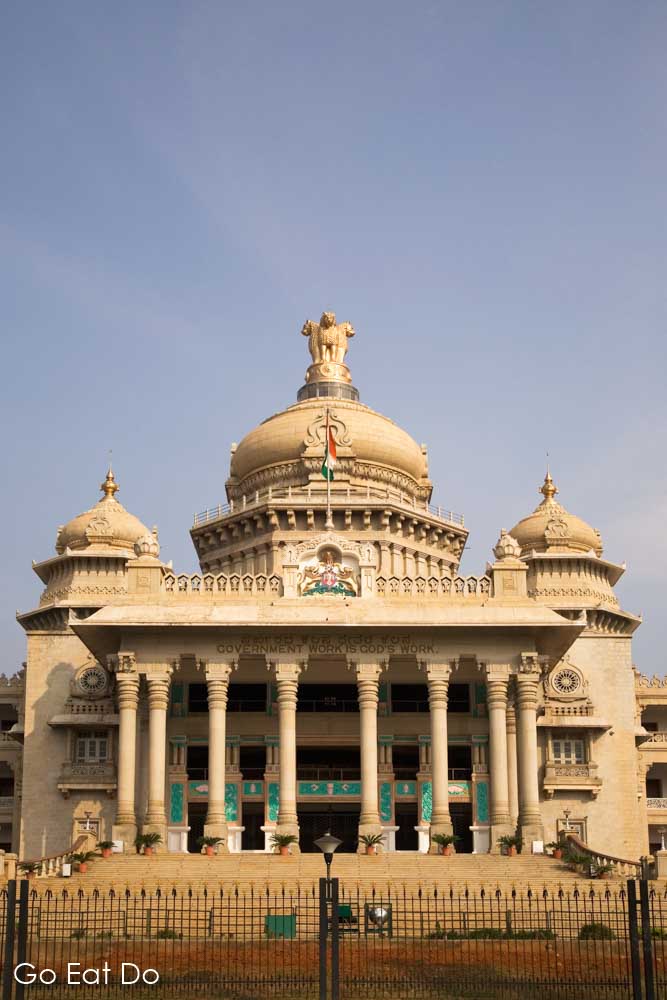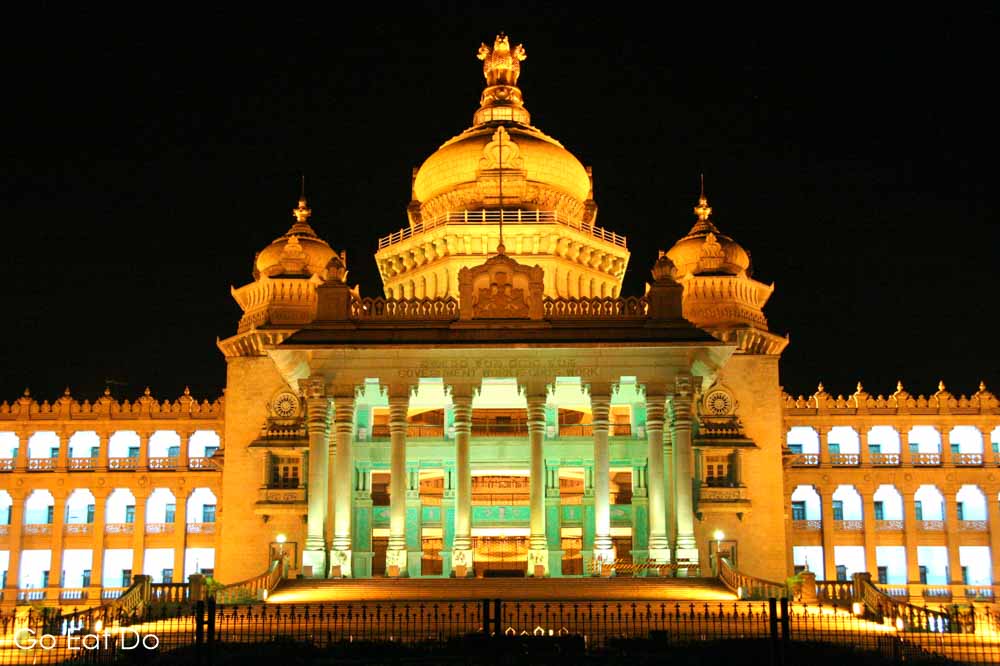Stuart Forster looks at the profession of snake catching in Bengaluru, India.
Disclosure: Some of the links below and banners are affiliate links, meaning, at no additional cost to you, I will earn a commission if you click through and make a purchase.
Meeting people is one of the great joys of travel. Of course, you can never predict when you’re going to bump into someone in an unusual or exciting job, but when it happens it can prove fascinating.
I met Babu, a snake catcher in Bengaluru, India. I persuaded him to give me a call the next time he went out on a job so that I could watch him at work snake catching in Bengaluru.
Babu was aged 24 years old when we met. He operates his business with his friend Raja, aged 29. Babu followed in the footsteps of his father, both literally and metaphorically. He went on his first snake-catching expeditions aged 10, walking behind his father so that he could watch and learn how to catch snakes.

Snake catching in Bengaluru
His work usually involves catching snakes that have come uncomfortably close to humans. Construction work, common in a booming Indian city such as Bengaluru, causes the loss of snakes’ natural habitat. Consequently, the snakes move and sometimes they slither closer to homes than humans find comfortable. From time to time snakes will enter gardens and houses.
Babu explained that it’s common for snakes to move into areas close to human habitation overnight. People then discover the serpents during the course of their daily activities.

Rat snakes, cobras, kraits and pythons
Rat snakes are non-poisonous but have a nasty bite. It is one of the species of snakes that Babu catches most frequently.
So too are cobras, which are one of India’s commonest venomous snakes. He also comes into regular contact with a number of other species, including kraits, keelbacks and pythons.
When he has to catch a cobra, Babu will suppress the serpent with a specially designed snake-catching stick. The tool has a head with an ‘L’ shaped piece of metal.
When he’s called out to catch a rat snake then he’ll use his bare hands. Having seen the speed at which rat snakes move, this revelation causes my eyebrows to dart skywards quicker than a bandicoot scooting out of the way of danger from a snake.

The dangers of snake catching
There’s a nasty scar on the flesh between Babu’s thumb and forefinger. He tells me how he was bitten there by a rat snake years ago. That event is noteworthy due to its rarity, he explains. Despite the apparent dangers of his job, Babu has been bitten only once by a venomous snake, a cobra. He had to be injected with antivenin and, fortunately, suffered no major reaction or after effects.
Babu’s busiest times of year are during the southwest monsoon (from June to September) and summer months (from mid-March to May). This is because rain water and extreme heat tend to force snakes out of their holes and resting places. At these times of year he might get a couple of calls a day, but there are also periods during which very few snakes need to be caught.

Releasing captured snakes into the wild
Sometimes Babu and his sidekick Raja have to move furniture or shift plant pots from houses in order to create space to capture snakes. To the anguish of the human property owners, the snakes have taken up residence in buildings. On other occasions, the pair dig into the earth around drains to ensure they capture resting snakes quickly and effectively.
Once a snake is caught, Babu feels obliged to release the animal into the wild, away from humans.
He doesn’t undertake anything complex, such as the milking of the snake’s venom, before freeing it. I thought that might have been a way of making money from snake catching but he puts me right. A couple of times a week drives 21 kilometres (13 miles) south, down to Bannerghatta National Park, and releases the snakes at a secluded spot on the edge of the jungle.

The price of catching a snake
Babu and Raja will work anywhere within a fairly sizable area; anywhere between Bangalore, Mysore and Tumkur. They charge about ₹1000 (the equivalent of about $17 or £10) to catch a snake.

Travel to Bengaluru
Air India, Emirates, Etihad Airways and Oman Air count among the airlines offering flights between London and Bengaluru.
See the UK Government website for India travel advice.
Hotels in Bengaluru
Find accommodation in Bengaluru, Karnataka, via Booking.com:
Booking.com
Books about snakes and India
Interested in snakes? Planning a trip to India? You may find the following books useful:
The Book of Snakes: A life-size guide to six hundred species from around the world by Mark O’Shea:

Snakes for Kids: A Junior Scientist’s Guide to Venom, Scales, and Life in the Wild by Michael G Starkey:

Snake: The Essential Visual Guide by Chris Mattison:

Indian Snakes: A Field Guide by Neelimkumar Khaire:


Further information
If you’re interested in snakes then make an effort to visit Chennai Snake Park at Rajbhavan Post in Chennai, Tamil Nadu. Romulus Whitaker, the renowned herpetologist, played a significant role in the park’s foundation and formative years.
Thanks for visiting Go Eat Do and reading this post about Snake catching in Bengaluru. If you’re considering travelling in southern India you may be interested in this post on the Golden Chariot, the luxury train that visits cultural attractions in Karnataka and beyond.
Stuart Forster, the author of this post, lived in India and is a travel writer. His work has been published by National Geographic Traveller, BBC Good Food and Discover India.
If you enjoyed this post why not sign up for the free Go Eat Do newsletter? It’s a hassle-free way of getting links to posts on a monthly basis.
‘Like’ and follow the Go Eat Do Facebook page to see more photos and content.
A version of this post was first published on Go Eat Do on 14 January 2014.





Michael Woods
March 4, 2017 at 06:30This is a fascinating piece. I actually had to call a snake catcher while living in Bangalaore, when one of the critters appeared in my garden.
S.L. Mani
April 15, 2018 at 21:00I love that, Sir. I want to be your assistant.
Sreenath R
June 19, 2018 at 10:31I would like to attend this training and want to be trained. Please suggest to me the process.
Stuart Forster
June 19, 2018 at 13:10Hello Sreenath, Have you tried calling the snake catcher to ask him about training or made contact with either the Karuna animal welfare association or Chennai Snake Park Trust to ask them for suggestions?
Sandeep Tripathy
November 22, 2019 at 04:54Is there any training near future. Please let me know, I am interested to know about handling snakes and animals.
Stuart Forster
December 5, 2019 at 17:53Unfortunately I don’t know the answer to that question. Why not reach out to one of Bangalore’s snake catchers?
Sanganabasappa
March 29, 2020 at 17:19I wanted training so pls..give address
Stuart Forster
April 1, 2020 at 12:01Unfortunately I no longer have his details.
Rajesh Acharya
February 24, 2021 at 15:33Interested in snake handling techniques
Go Eat Do
February 26, 2021 at 16:04I found it fascinating to watch him. If I was to meet him now I’d make a video of him handling the snake.